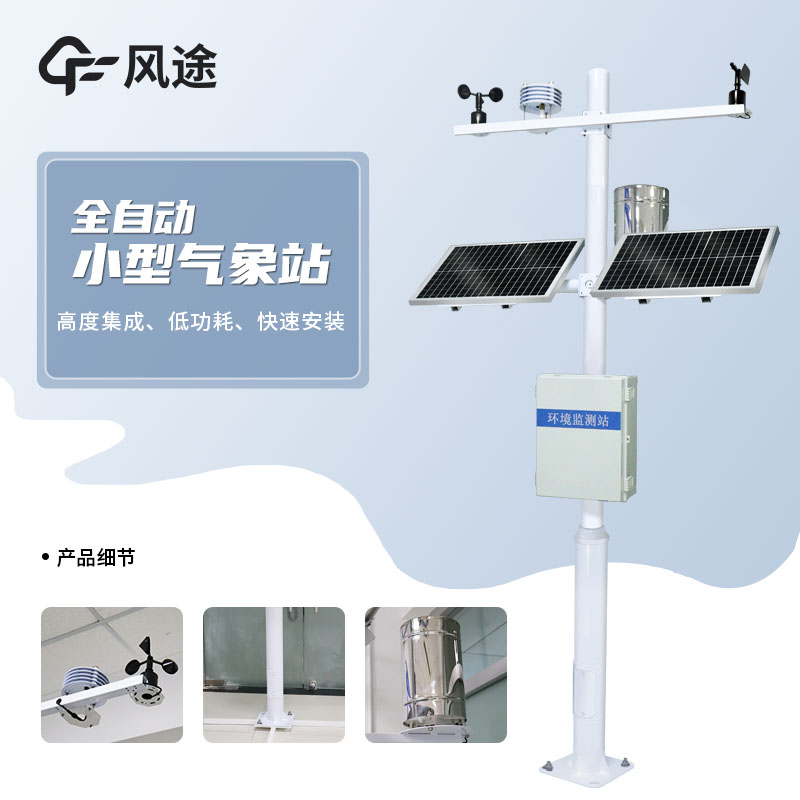Meteorological environment monitoring equipment supplier
Insist on doing high-precision customer favorite technology products
The farmland weather station is a device used to collect, record and analyze farmland-related meteorological information, which can provide researchers and agricultural workers with data on weather conditions and meteorological trends. This kind of equipment can monitor air temperature, air humidity, soil moisture, soil temperature, wind speed, wind direction, rainfall, light intensity and other conventional meteorological elements, with real-time collection, wireless transmission, automatic storage, over-limit warning, data analysis and other functions, and is widely used in meteorology, agriculture, forestry, scientific investigation and other fields.
The use of farmland weather station can help farmers to understand the meteorological situation of farmland in time, and provide them with a reliable basis for decision-making. For example, before the upcoming rainy weather, farmers can arrange harvesting crops in time to avoid the impact on crops when the weather is bad. Meanwhile, the farmland weather station can also help researchers and agricultural workers better understand the changes and patterns of farmland ecosystems, providing a scientific basis for agricultural production.
Its configuration includes the following parts:
Sensors: including temperature, humidity, barometric pressure, noise and other sensors, these sensors are able to measure the climatic conditions of the farmland. Some sensors also have other extended functions, such as detecting particles such as PM2.5 and PM10.
Transmission Module: The data transmission work of the weather station is carried out by the equipment itself, with wireless network such as 4G, LoRa, Ethernet, etc. The transmission frequency is the same as the monitoring frequency, the fastest can be once a minute, and the frequency can be adjusted.
Poles: the main function is to place sensors, solar panels, control boxes and other equipment, the length is usually 2 meters up, with corrosion and rain performance, with the ability to use in the outdoors for a long time.
Power supply system: to provide power for sensors and other equipment, can be 220V utility power, can also be 40W solar panels. The weather station as a whole adopts low-power operation, even if it is powered by battery panels, it can supply the weather station to run continuously for 7-10 days under the condition of full power.
Management cloud platform: mainly used for data display and storage, with automatic alarm, account management, remote management, video monitoring, private deployment, intelligent self-control, etc. It supports historical data management, which is easy to view, analyze and compare.
Other equipments: related equipments assisting the operation and management of the weather station, such as multi-factor louver box, monitoring screen and other equipments.
The configuration of farmland weather station varies according to the specific needs and scale, but usually includes the above major components. The reasonable configuration and operation of these components can realize real-time monitoring and prediction of farmland climate, thus providing scientific basis and decision support for agricultural production. It is a very useful device that can provide accurate meteorological information to help farmers better manage their farmland and improve the efficiency of agricultural production.
